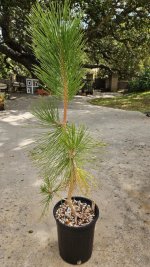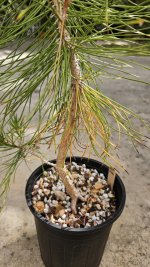Rhumphres01
Seedling
I’m new to JBPs and I was wondering what happens if you prune behind the candles? I have read it promotes needle buds, but will it back bud candles on the tip where I cut it as well? How should you cut back if it hasnt been candle pruned in years and is lengthy?



